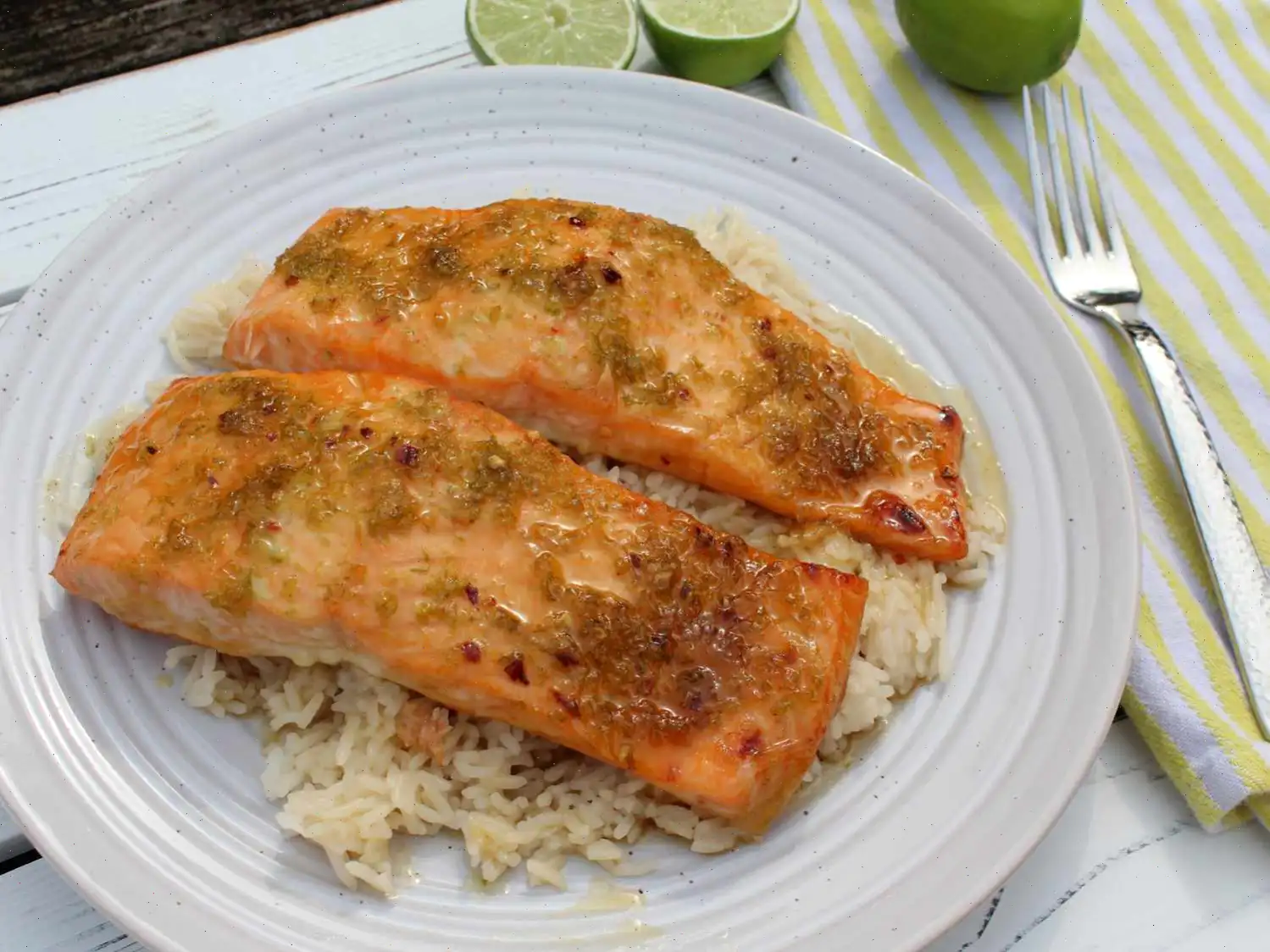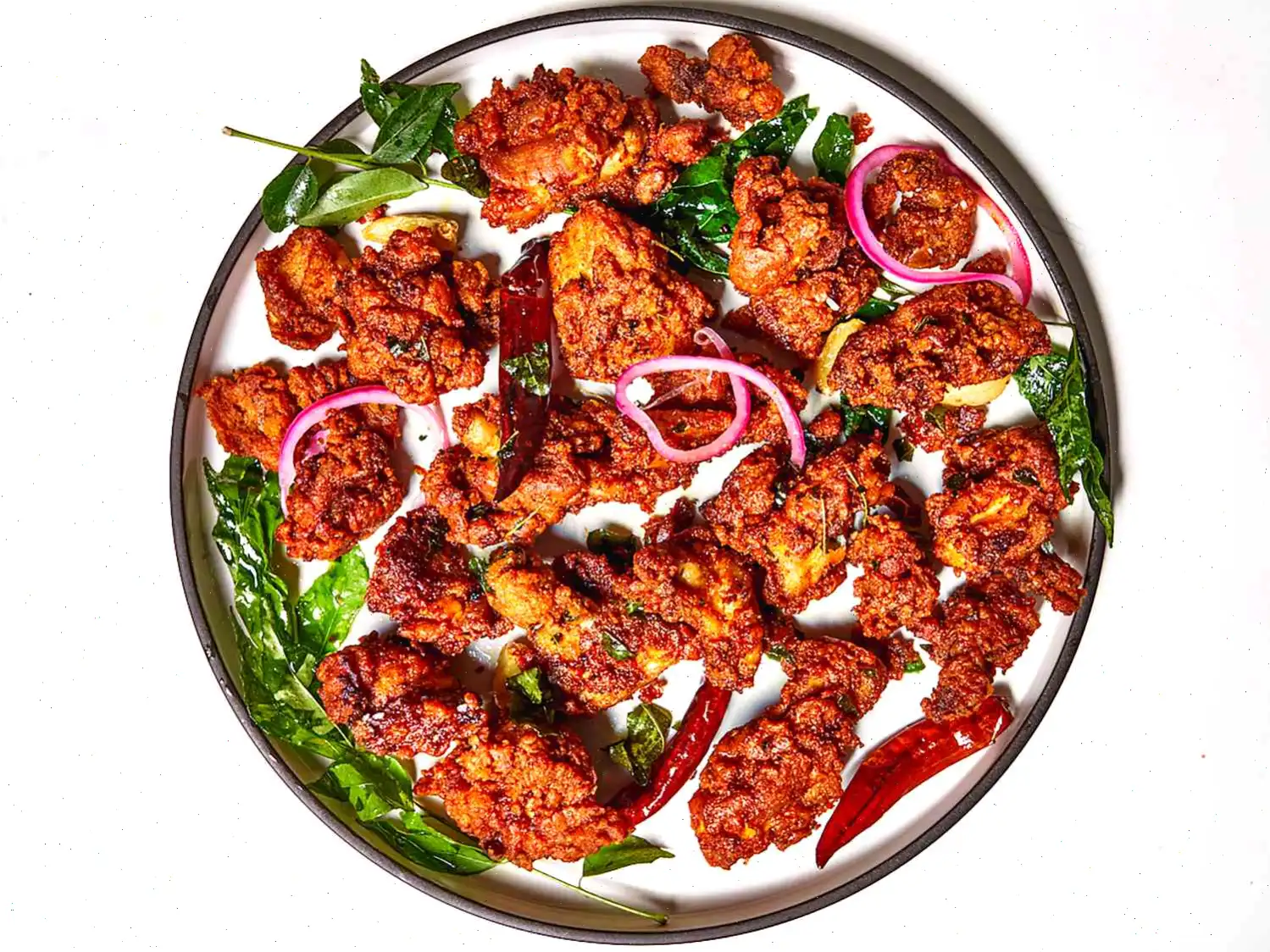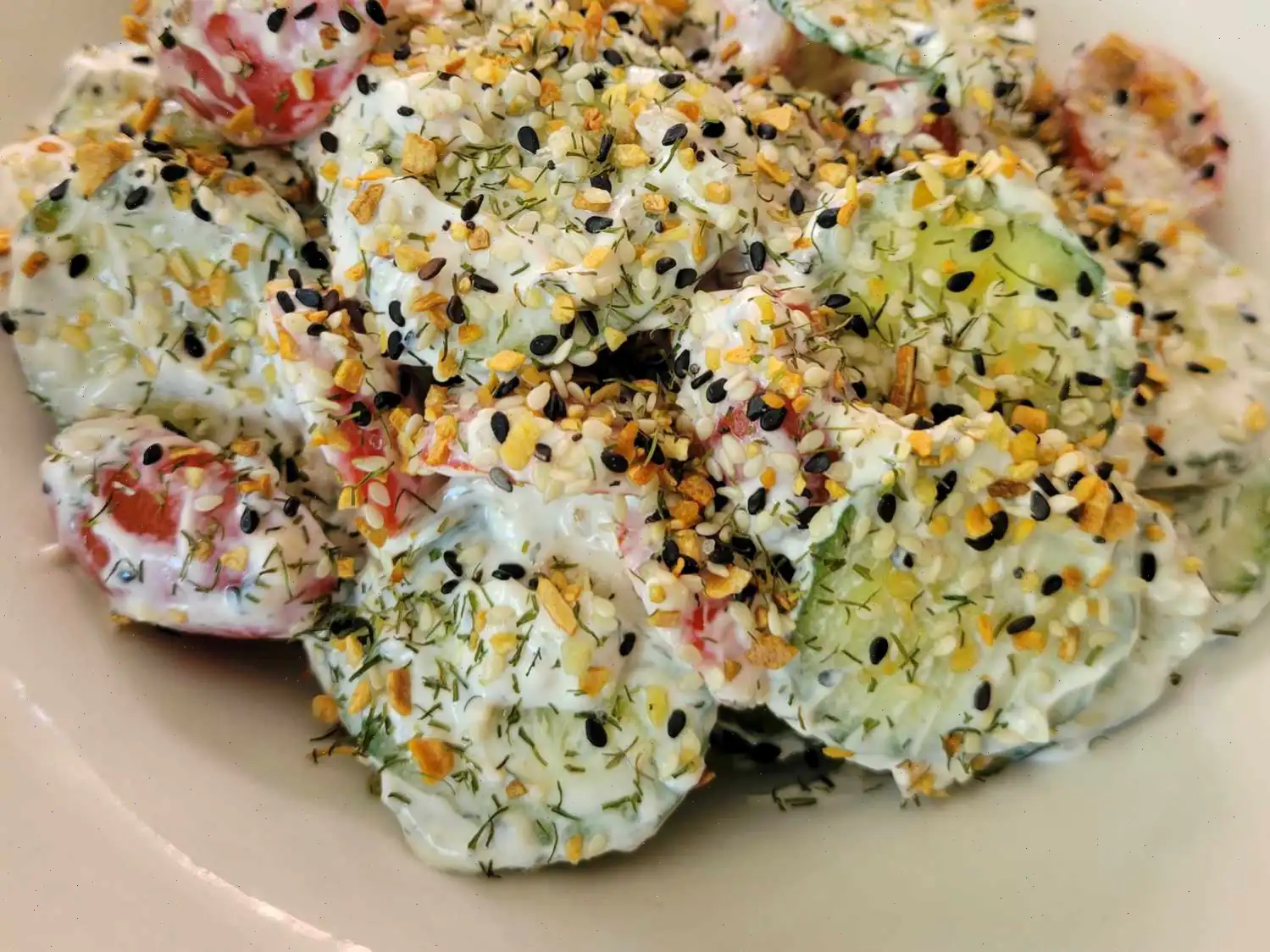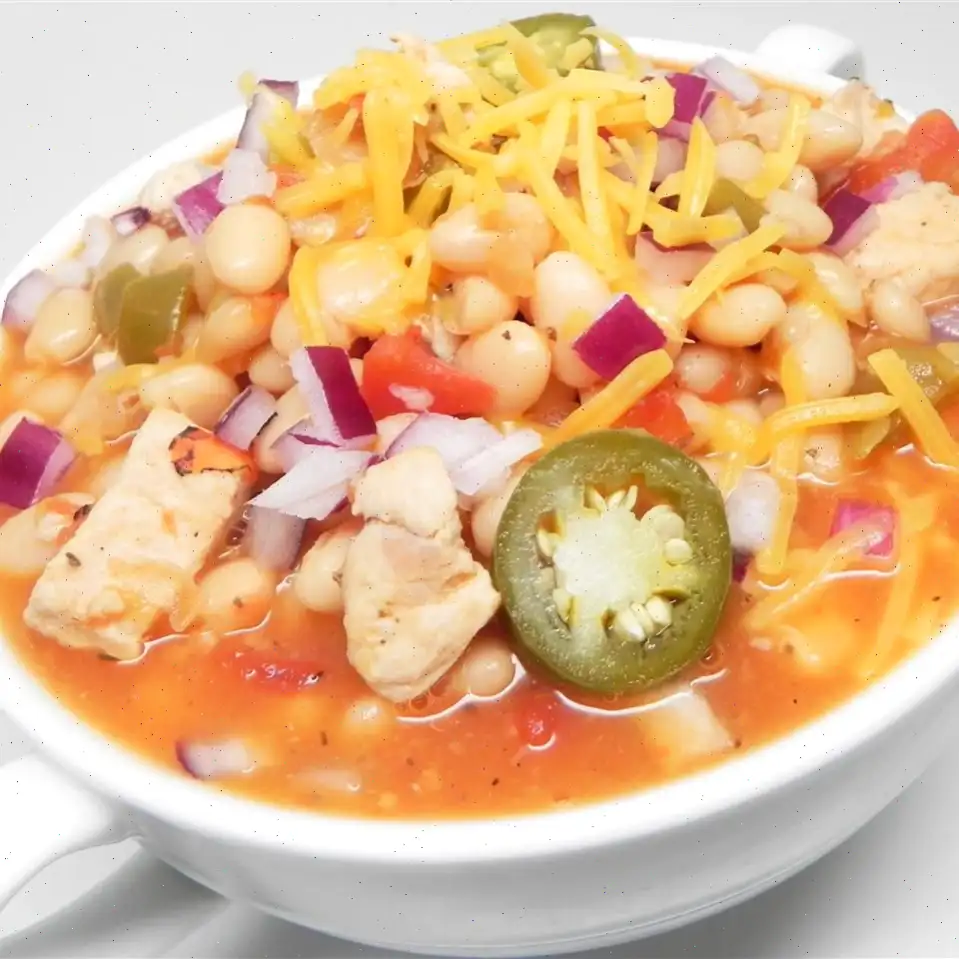
Honey Lime Salmon Recipe
Honey Lime Glazed Salmon
Servings: 2
Prep Time: 10 minutes
Cook Time: 15-20 minutes
Ingredients:
- 3 tablespoons honey
- 2 tablespoons fresh lime juice
- 1 tablespoon lime zest (from about 2 limes)
- 1/4 teaspoon red pepper flakes
- 1 pound salmon filets, skinless
Directions:
- Preheat the oven to 400F (200C).
- In a small bowl, combine honey, lime juice, lime zest, and red pepper flakes. Stir until the mixture is smooth.
- Place the salmon fillets in a shallow glass baking dish and coat them evenly with the honey-lime mixture.
- Bake the salmon in the preheated oven, uncovered, for 15 to 20 minutes, or until the fish flakes easily with a fork. The internal temperature of the fish should reach 145F (63C) when checked with an instant-read thermometer.
- Once done, remove the salmon from the oven and let it rest for a couple of minutes before serving.
Nutrition Facts (per serving):
| Calories | 569 |
|---|---|
| Total Fat | 28g |
| Saturated Fat | 5g |
| Cholesterol | 143mg |
| Sodium | 140mg |
| Total Carbohydrate | 28g |
| Dietary Fiber | 1g |
| Sugars | 26g |
| Protein | 50g |
| Vitamin C | 17mg |
| Calcium | 42mg |
| Iron | 1mg |
| Potassium | 915mg |
Percent Daily Values are based on a 2,000 calorie diet. Your daily values may be higher or lower depending on your calorie needs.
The Story Behind Honey Lime Salmon
Honey Lime Salmon is a modern twist on classic baked salmon recipes, blending sweet, tangy, and mildly spicy flavors. While the exact origin of this dish is hard to trace, it likely emerged in North America in the late 20th century, when home cooks and chefs began experimenting with citrus and honey glazes for seafood. The combination of honey and lime offers a balance of sweetness and acidity that enhances the natural richness of salmon, making it a favorite for quick weeknight dinners as well as elegant entertaining.
Regional Characteristics
This recipe is most commonly associated with American cuisine, particularly the West Coast, where fresh salmon is abundant. In regions like the Pacific Northwest and Alaska, salmon is a staple ingredient, and chefs often experiment with local ingredients such as honey from regional beekeepers and fresh citrus from California. The dishs preparation can vary slightly depending on regional preferences: in the southern United States, it might include a touch of cayenne pepper for extra heat, while in northern states, it may be paired with maple syrup instead of honey.
How It Differs From Similar Dishes
While there are many glazed salmon recipes, Honey Lime Salmon stands out due to its simplicity and bright, citrus-forward flavor. Unlike teriyaki salmon, which relies on soy sauce and ginger, or maple-glazed salmon, which emphasizes deep sweetness, honey lime offers a fresher, lighter taste. The inclusion of lime zest and juice adds a fragrant citrus note that complements the fish without overpowering it, while a hint of red pepper flakes provides subtle warmth.
Where Its Commonly Served
Honey Lime Salmon is versatile and can be served in a variety of settings. It appears on casual dinner tables at home, often paired with steamed vegetables, rice, or quinoa. In restaurants, it may be found in seafood bistros or American-style eateries, frequently presented over a bed of aromatic rice or alongside roasted seasonal vegetables. Its appealing balance of sweet and tangy flavors makes it a popular choice for both weekday meals and special occasions.
Interesting Facts
- Salmon is rich in omega-3 fatty acids, making this dish not only flavorful but also heart-healthy.
- The combination of honey and citrus is a classic technique in many culinary traditions, from Southeast Asia to Mediterranean cuisine, highlighting the universal appeal of sweet-and-sour flavors.
- Lime zest contains essential oils that enhance the aroma and depth of the dish, a small step that elevates the overall taste.
- Red pepper flakes are often added in minimal amounts to give a subtle kick, demonstrating how a little spice can balance sweetness and acidity.
- This dish can be easily adapted for grilling or pan-searing, making it suitable for outdoor barbecues as well as indoor baking.
FAQ about Honey Lime Salmon Recipe
Comments
Mary Ellen Acosta
10/06/2025 01:52:54 PM
I prepared it exactly as written. Both my husband and I liked it. Next time I may add a little more honey after cooking, as the sauce mostly ran off the salmon and the lime was the stronger of the two flavors. Overall, very tasty and I will make it again.
Kevin Garcia
07/29/2024 12:43:38 AM
Quick, simple, and really good.
livewire
07/13/2024 01:15:29 AM
Easiest recipe yet; and almost no utensils to clean up in the kitchen. Served with fresh cherries. Well received.








